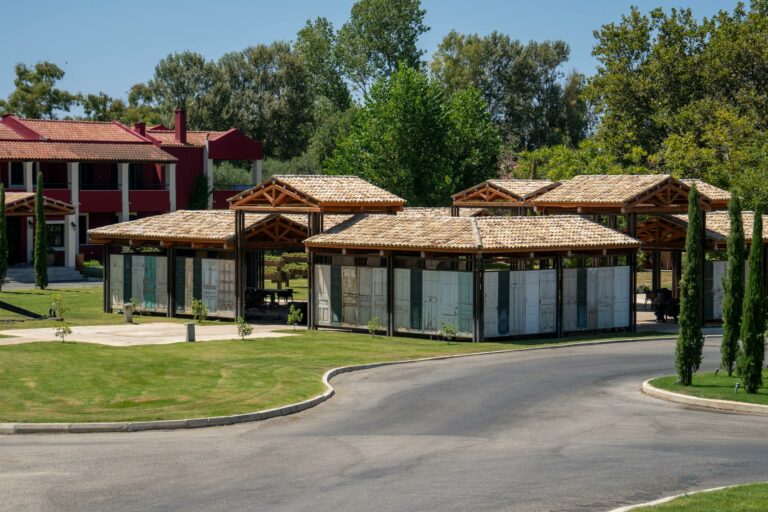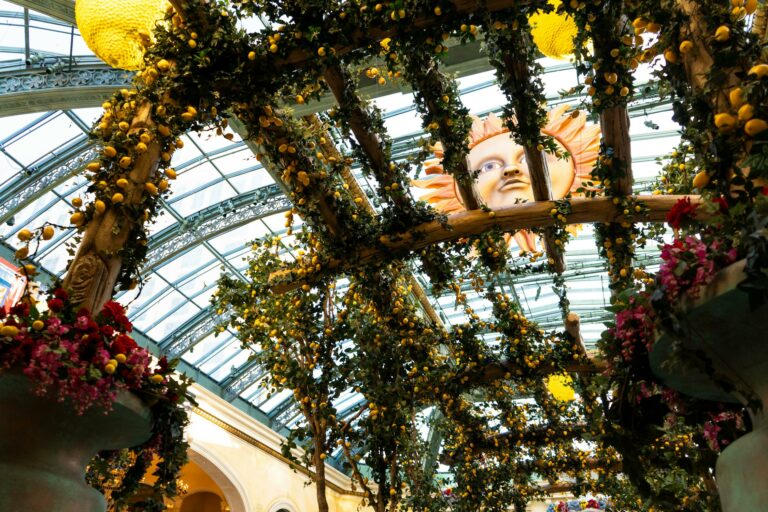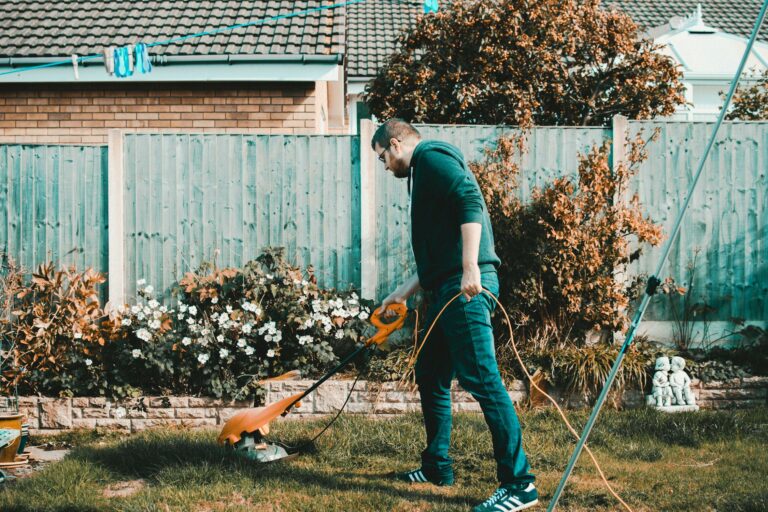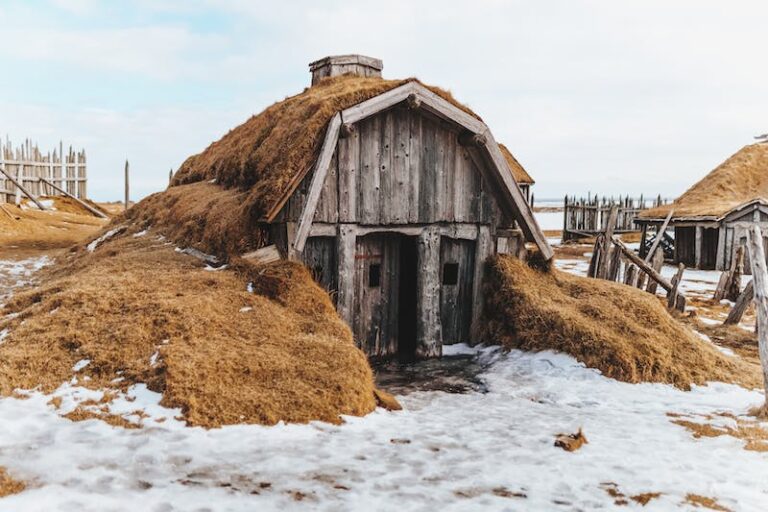Gardeners these days don’t just want a beautiful garden. Sure, that is a priority, but whether they live in Stouffville, Ontario or Vancouver, British Columbia, whether they have a garden that is primarily for pretty flowers or one that can feed their family, each gardener these days often has one thing on their mind- lessening their environmental impact on the earth.
Starting a garden in and of itself is good for the earth… depending on how it’s handled. A lot of plants can be good for leaving a positive environmental footprint, but some can stray from that goal and end up being a detriment to the earth. So how can a gardener have their own little plot of plants and stop impacting the earth negatively? Well, there are a lot of ways, a lot of different strategies that this article will hope to cover.
Environmentally Friendly Gardening Tips
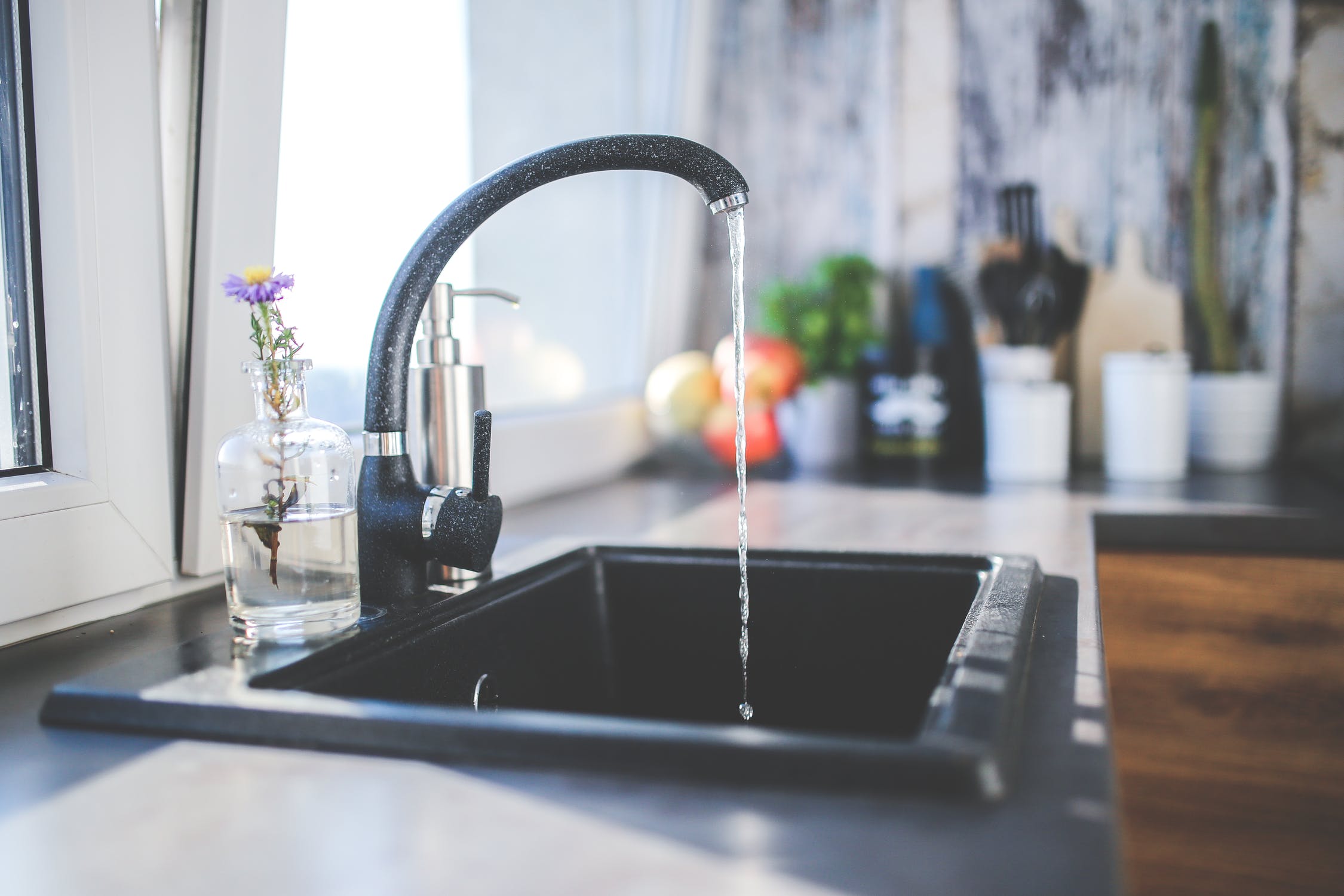
1. Conserve Water
This is probably the most important thing any gardener can do with their garden. Obviously, water is one of the most important factors when it comes to gardening. It helps plants grow, it keeps them alive, it is really the lifeblood of any thriving garden.
However, water as much as water is a precious commodity to a garden using too much of it can negatively affect the environment. There are several ways that a gardener can conserve water, or at least be a little more lenient with their watering habits. For example:
One can collect rainwater in a barrel. Not only is this one of the best ways a gardener can keep themselves from over-using water, but there is also a strong economic incentive to collect rainwater. It’s as simple as this- the more “free” water that a gardener collects, the less they have to use from their home. Which, in turn, is going to mean saving money on the monthly water bill.
Choose water-saving containers. Gardeners who keep their plants in pots will want to switch to Glazed Terra Cotta containers for their gardens. Why? Well, while some complain about their look, these containers will retain a lot more water than their counterparts. Mostly because regular pots will often lose water through their pot sides, and glazed terra cotta containers do not have those aforementioned sides.
Add mulch. Mulch is one of the best things anyone can add to their garden. Not only do they help prevent the growth of weeds, but they also aid in retaining water. A 2-3 inch layer of mulch will make a world of difference in a garden.
Save household water. This isn’t saying that homeowners and gardeners should keep every gallon of toilet water and washing up liquid. No, rather they should try to reuse unsullied water- from dehumidifiers, from the moments where one may be waiting for cold to turn into hot water. A good idea would be to keep some buckets on hand in order to catch this water once it has been used in the home.
Track when watering is necessary. This might seem like it could be a pain, but there is a fairly easy method to determine whether or not plants need to be watered. It goes as such:
- Stick a finger into the soil, about two or three inches deep.
- If the soil is still moist, then the plants do not need to be watered yet. If it is dry, go ahead and water them.
It’s as simple as that! Once again the economic incentive comes into play- the less time a gardener is using water, the less they have to pay on their water bill.
Space plants tightly together. This one seems pretty straightforward when one thinks about it. The closer plants are together, the easier they can be watered (and they can be watered with less as well).
2. Plant choice
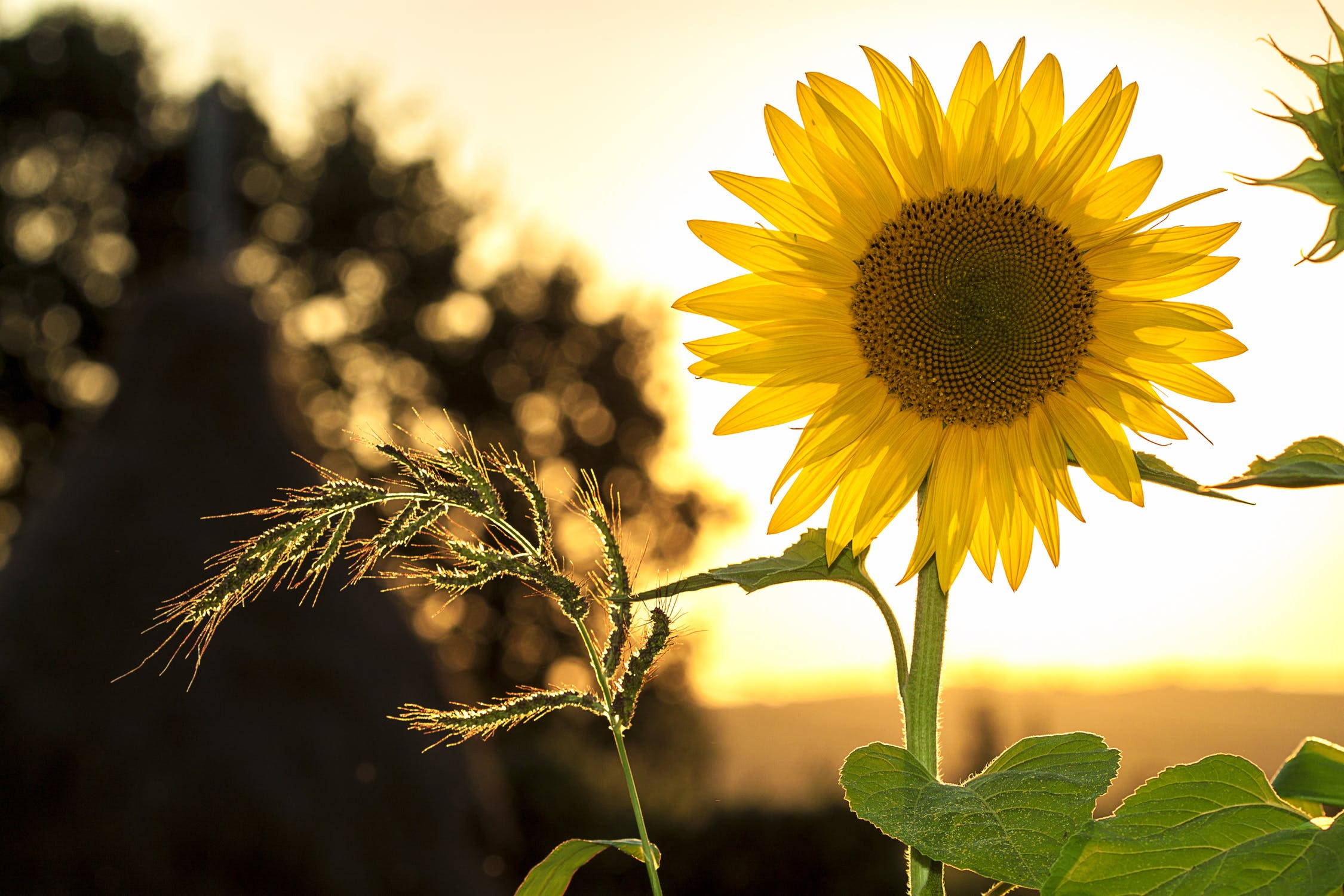
Believe it or not, but choosing the right plants can be a major factor in whether or not a garden is eco-friendly. This once again boils down to the water and the resources factor- plants that are native to a gardener’s area are going to require less of both. The more the plant can be found in the area in which a gardener lives, the more low maintenance they tend to be. They’ll take less water, they’ll take less time, and they’ll above all be a pleasure to have in anyone’s garden.
3. Attract the right bugs.
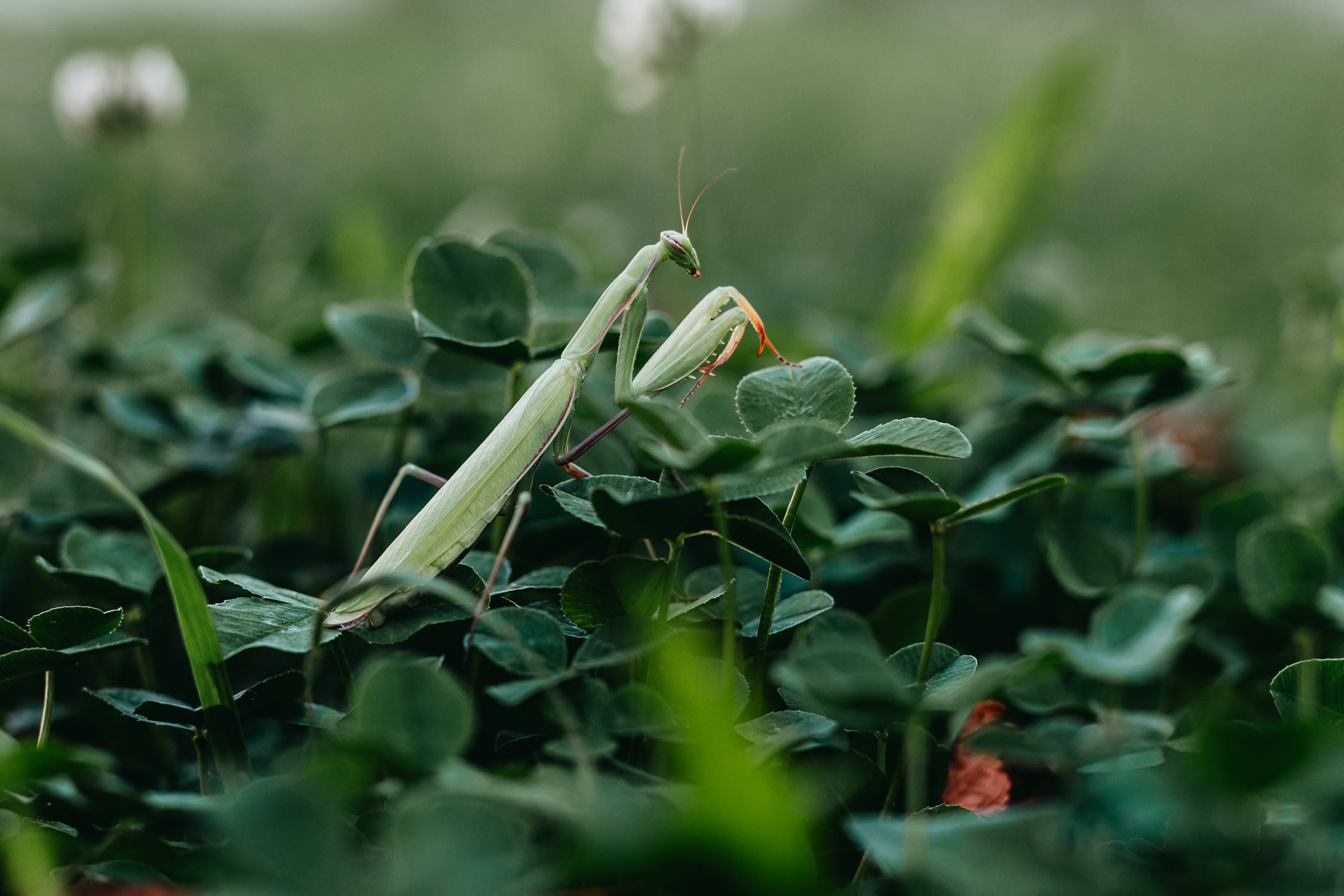
One of the biggest issues the environment is facing these days is a lack of bees. A gardener can help this issue by planting bee and pollinator-friendly plants in their garden. Plants like- buckwheat, sunflowers, cosmos, even cucumber is good for the bees.
But bees aren’t the only insects a gardener wants to see flying around in their garden. Ladybugs are great for keeping harmful insects like aphids out of gardens, and they can be attracted with things like chives, marigold, and yarrow.
Finally, one is going to want to see some predatory bugs in their garden, I.e. praying mantises. This is because these bugs are going to help keep away even more harmful insects, insects that will attack gardens, or the people trying to enjoy them. Mantises eat bugs like caterpillars and mosquitoes. How does one get mantises into their garden? Well, mantises for starters love roses and raspberries, however, they are also big fans of tall grasses. Either of those should ensure that mantises will in the very least be enticed by the garden!
Not only will attracting these bugs keep a garden healthy, but they will help promote a healthy ecosystem as well. Good for the garden, good for the earth!
And so, this article about gardening while lessening your impact on the earth comes to an end. We went through all the different ways that a gardener can achieve that aforementioned goal, and all that’s left to do is to start. Join the rest of the gardening community in making their garden eco-friendly. Take steps today to ensure that our planet stays green and clean for many years to come.
